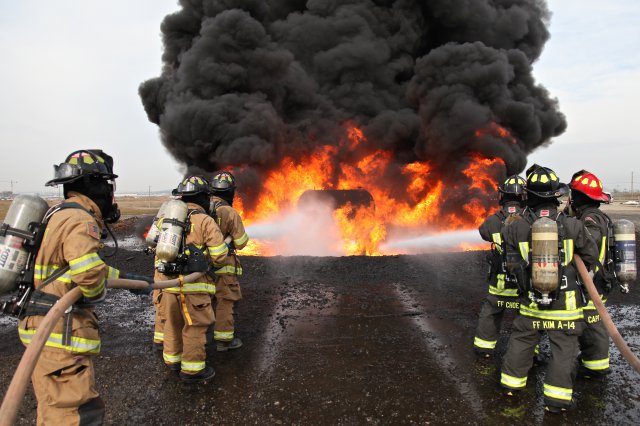
Positions And Ranks In The Fire Department
Becoming a firefighter in the UK fire department can be a long drawn out process. It can take years to even get through for the first interview as the stages of interviews presented are generally only held at certain points. The planning for these interview stages takes a lot of effort. Every detail has to be accounted for if the fire chiefs are to assume you are serious about a role with the UK Fire Department. After all, it is about life and death.
The ranks within the fire department are key positions that give the department its strength and smooth running. The rules and regulations within each rank must be adhered to in order to fulfil crucial health and safety measures.
Many years ago, the rank structure of the Fire Brigade was similar to that of the police force. After this, the Fire Service was then made independent. The 1960’s sawed a restructure too many elements of the service, in particular, the uniform. Although there are now numerous styles (across the world) used in the Fire Department, there is still a consistency to the traditional firecrest. The bottom line is that there are in fact two uniforms that are currently worn by firefighters.
These are:
• A working or undress uniform.
• A fire tunic.
The underdress and tunic are worn by all ranks as they offer protection from physical harm, the most obvious being burns to the skin. Regardless of uniform, all present day ranks now have role based structure. This concludes that any marking now worn by all fire officers has been modified.
In order of rank, the positions in the UK Fire Department are listed below:
• Firefighter
• Crew Manager
• Watch Manager
• Station Manager
• Group Manager
• Area Manager
• Brigade Manager
Originally, all of the uniforms for each rank had epaulettes. These were what distinguished the rank marking that was worn. Those rank markings were made of chrome metal or embroidery and this was weaved onto a navy blue material. Nowadays they can be worn on the epaulettes – or on the collar. They consist of 12.5mm and 3mm bars. These are based on large and small impellers.
The original cloth ranks with markings were used for one main reason: So the firefighter in question did not have to puncture the waterproof material. (This is avoided at all costs). The Fire and Rescue Services are now seen to fix those rank markings to the collar of each uniform. The only time this is an exception is in those cases where formal undress uniforms are used. In these cases, they use the epaulettes.

Leave a Reply